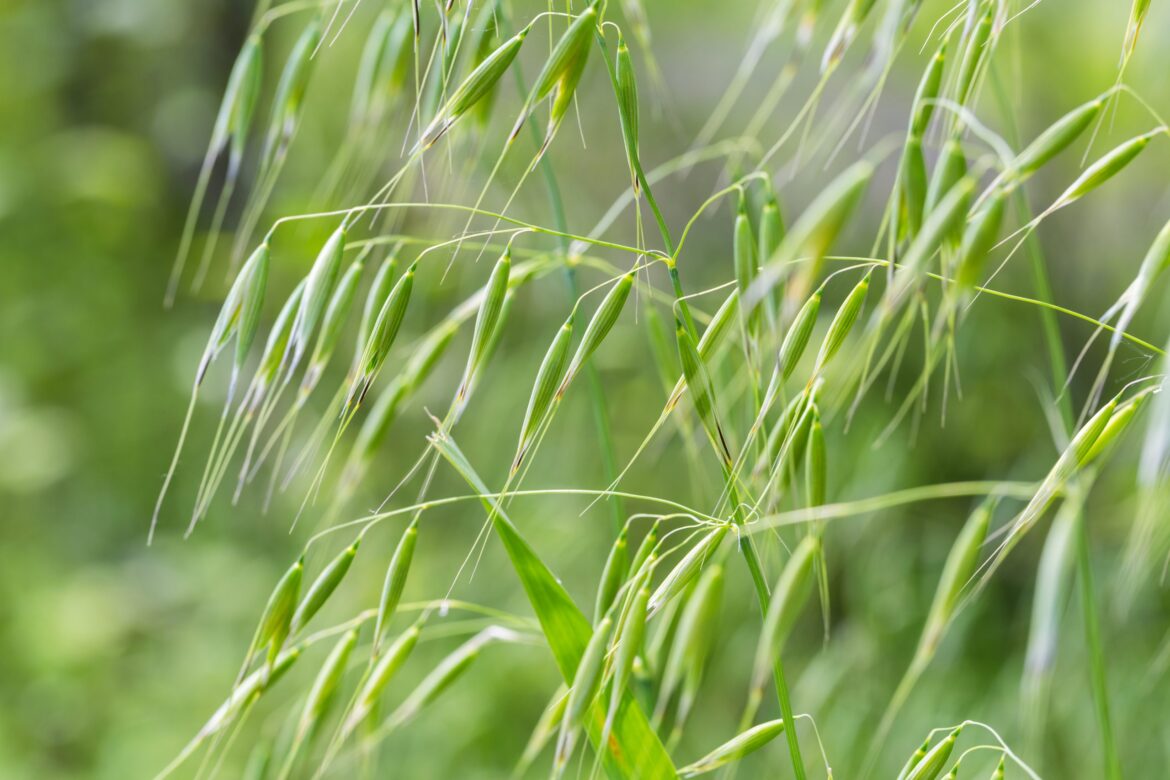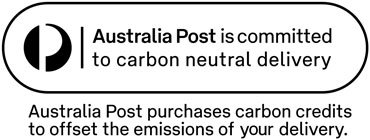
Wild Foods
| We have probably all thought to ourselves: “What new treats are out there to offer my bird?” Well, if you are seeking inspiration for greater VARIETY, then look no further than the wild!
Wild foods are a valuable addition to your parrotlet’s diet because they are:
With a little research and exploration of your local area, wild foods will be found in abundance. They may be collected from any land you are free to enter. Simply looking around creeks, parks or your own yard can yield a harvest. To start you on your wold foods journey, here are some ideal Australian wild foods to look for. To learn more, simply click the links, then click on the photos to view larger images. · Milk Thistle (Sonchus oleraceus L.) · Green Amaranth (Amaranthus Viridis) · Dandelions (Taraxacum Officinale) · Chick Weed (Stellaria Media) · Johnson’s Grass (Sorghum halepense (L.) Pers.) · Wild Panicum (Panicum Decompositum) · Canary grass (Phalaris Canariensis) · Crowsfoot grass (Eleusine indica) · Whisker grass (Cyperus gracilis) · White Foxtail (Pennisetum Villosum) · Blackberry Nightshades (Solanum nigrum L.) · Cobbler’s Pegs (Bidens pilosa) Whilst finding wild foods is both of great benefit to your bird and a good way to spend time in the great outdoors, there are a couple of challenges with collecting and feeding wild foods. These are: the potential threat of poisoning from herbicides and the problem of seasonality. It’s important to note that the harvest source must be an area known NOT to have been sprayed with herbicides (i.e. weed killers). It may not be clear initially as if the area was sprayed with a herbicide recently, the grass may look healthy, however the herbicide may not have taken effect yet. The thought may occur to you that these wild foods are all seasonal. Don’t despair! Simply grab your bag and harvest plenty to be frozen for later use. Up to around three months in the freezer is fine. Whilst you are at it, any ‘bonus’ insects will be killed by the freezing process and therefore unable to invade your home! Coming back to the herbicide issue: A way of countering the risk of undetected herbicides is to wait a few days after freezing the wild food, then observe the grass (where you harvested). Make sure it is not showing any signs of die-off from herbicide exposure. Once this is confirmed, THEN feed the wild food. We hope you enjoy getting out and learning about and identifying wild foods for your parrotlet. Special thanks goes to Martin Thorn for his wonderful depth of knowledge in contributing the list of wild foods. All of the links above are courtesy of local council and government authorities. |




